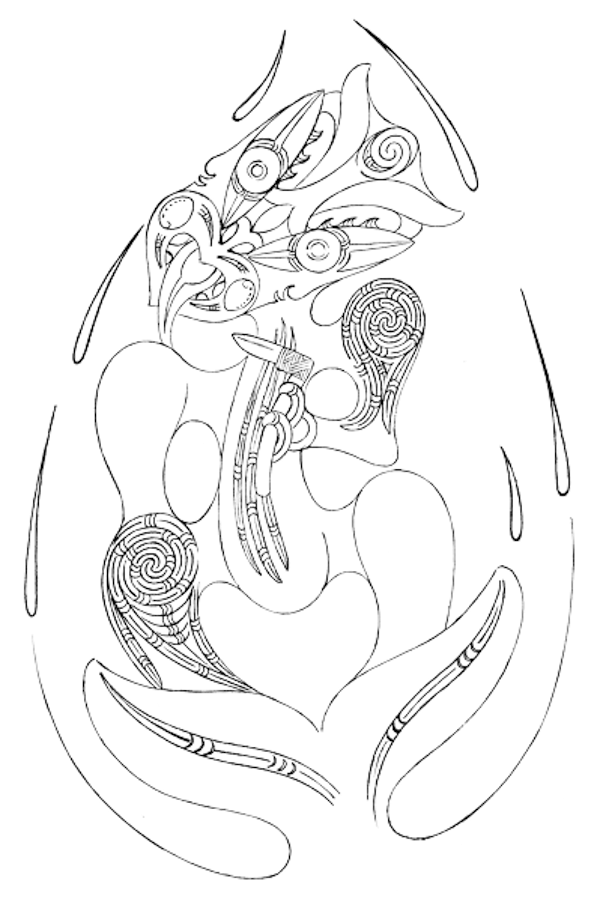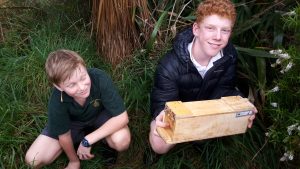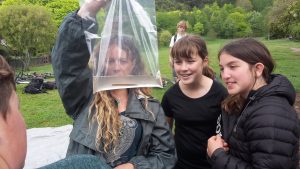
Tangaroa - Associations with sea and fish with qualities of rhythmic, tidal surging and calm
Estuaries are dynamic, rich ecosystems where freshwater mixes with the sea and have a range of ecological and cultural features and values. Waimea Inlet, near Nelson is the largest semi-enclosed estuary in the South Island at 3455 ha with an internal coastline of 65km.
A collaborative community approach to restoration of the inlet has been underway for a few years in response to threats such as silt from removal of natural vegetation cover, pollution, weed invasion and reclamation. Waimea College students are following an inquiry based Enviroschools Action Learning Cycle process to connect with and take action for this local taonga. They have learnt alongside community experts and contributed to the visionary process of ecological restoration of Waimea inlet through monitoring water, enhancing habitats for whitebait and the banded rail, and predator trapping.
This SAVE module process and outcomes has been shared in a recent article in Education Gazette. Further information is available via our team area provided by Roger Waddell, course leader and science and education for sustainability teacher at Waimea College (with significant experience in EfS and the Enviroschools Programme.)
“My favourite part was the practical things we did every Wednesday. We could either bike, walk or run down to the Waimea Inlet and got to see all the things we had learnt in class demonstrated in a practical way. This included placing traps, looking at pest footprints and planting” – student, Grace
“I learned a lot about migratory birds and the flight paths they take. I also learned how our school was contributing to pollution both positively and negatively. The main issue was how the waste water from our pool was going through the storm water pipes instead of the sewage. We now have a temporary pipe and are working on placing a stable long-lasting pipe. It was great to put our learning into practice in this SAVE module” – SAVE student, Elise

Students check their trap design and construction for effectiveness.

Students assemble the DoC200 traps with Menzshed mentors.
In July it was announced that the Waimea enhancement project would receive govt funding, as part of the Jobs for Nature Programme, for continuing work to improve the water quality of some tributaries that feed the estuary, increasing saltmarsh habitat, creating a habitat restoration strategy and ongoing weed control of the inlet margins.
Waimea College students are poised to be leaders in this field as they continue to develop connections with this place and skills to manage it.
Keep Richmond Beautiful mentor, Greg Pickford assists students in making tracking tunnels.

Students learning about what lives in their local waterways and assessing stream health with Waimoari facilitator Mel Mc Colgan.
Banner image: Tasman District Council scientist, Trevor James, explains whitebait habitat requirements to students.
